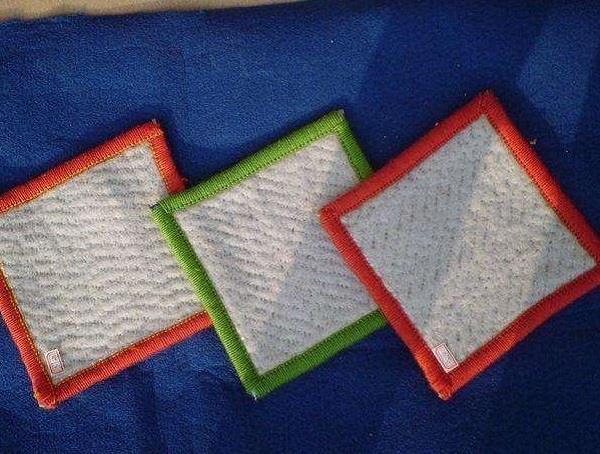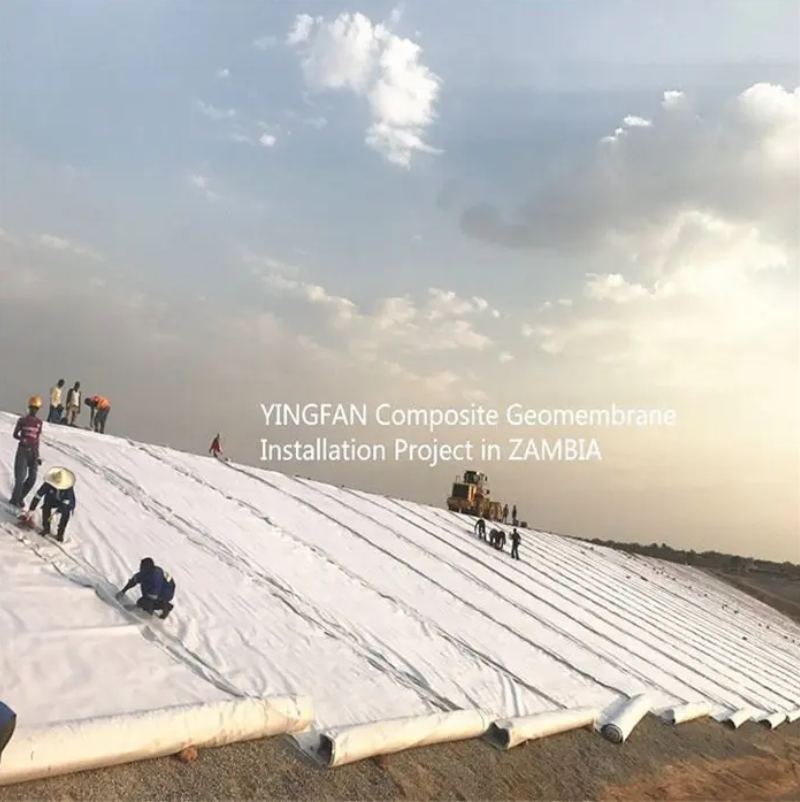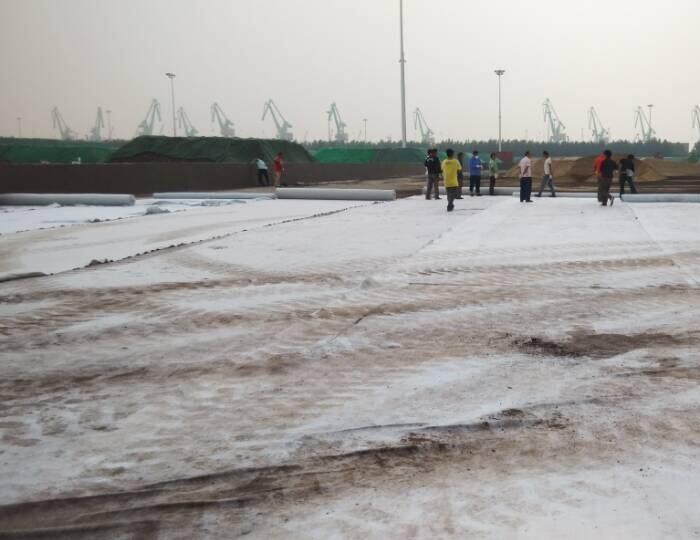Geosynthetic clay liners (GCLs) are an innovative material that have gained traction in the fields of civil engineering, environmental protection, and waste management. These liners consist of a layer of bentonite sandwiched between two layers of geotextiles or a geotextile and a geomembrane. The unique properties of GCLs make them ideal for a variety of applications, especially in containment and barrier systems. In this article, we will explore the uses of geosynthetic clay liners, their benefits, and the factors that affect the price of GCLs.

Application of Geosynthetic Clay Liner
1.Landfill Lining: One of the main uses of GCLs is in landfill applications. They act as a barrier to prevent leachate (toxic liquid produced when garbage decomposes) from contaminating the surrounding soil and groundwater. GCLs are often used in conjunction with geomembranes to create a composite lining system that improves the overall performance of the landfill.
2.Waste Containment: GCLs are also used to contain hazardous waste. They are able to expand and form a low permeability barrier, thus effectively preventing the migration of contaminants. This is particularly important in sites where hazardous materials are stored or processed to ensure that the environment is protected.


3.Water Retention: GCL can be used to retain water in applications such as ponds, reservoirs and artificial lakes. Its impermeable nature helps minimize water loss due to seepage, making it a cost-effective solution for water conservation projects.
4.Slope Stabilization: GCLs can be used in slope stabilization projects. By providing a barrier to prevent water infiltration, they help reduce the risk of erosion and landslides. This is especially beneficial in areas with steep slopes or where soil stability is a concern.
5.Canal and Pond Liners: GCL is commonly used as a liner for canals and ponds to prevent water runoff and control erosion. Its light weight and ease of installation make it a top choice for these applications.
6.Mining Applications: In the mining industry, GCLs are used for tailings management and form barriers to prevent contaminants from mining operations from migrating to surrounding areas. Their effectiveness in controlling seepage makes them a valuable asset in mining projects.
Advantages of Geosynthetic Clay Liners
The popularity of GCLs can be attributed to several advantages over traditional clay liners and other containment methods:
1.Cost Effective: GCL is generally more cost effective than traditional clay liners. Its light weight properties reduce shipping and installation costs, making it an attractive option for many projects.
2.Easy to install: GCL is easy to handle and install, significantly reducing labor costs and project duration. It can be rolled out and put into place without the need for heavy machinery.
3.Low Permeability: The bentonite used in GCL has extremely low permeability, which is critical for applications that require effective containment of liquids. This property ensures that contaminants will not migrate through the liner.
4.Durability: GCLs are designed to withstand harsh environmental conditions, including UV exposure, temperature fluctuations, and mechanical stress. This durability ensures a long service life, reducing the need for frequent replacement.
5.Environmental Protection: GCLs play a vital role in protecting the environment and public health by preventing the migration of contaminants. Their use in landfills and waste control applications helps mitigate the risks associated with hazardous materials.
Factors affecting GCL prices
The price of a geosynthetic clay liner will vary depending on a number of factors:
1.Material Quality: The quality of the bentonite and geotextile used in the GCL can significantly affect the price. Higher quality materials generally have better performance and durability, but may also cost more.
2.Thickness and Size: GCLs come in a variety of thicknesses and sizes, which can affect the overall price. Larger and thicker pads may be more expensive because a greater amount of material is used.
3.Manufacturing process: The method by which the GCL is manufactured can also affect pricing. Advanced manufacturing techniques that improve liner performance may result in increased costs.
4.Market Demand: Like any other product, the price of GCL will also be affected by market demand. Increased demand for environmental protection solutions and waste management systems will push up prices.
5.Transportation costs: Since GCL is usually delivered to the project site, the transportation costs will also affect the final price. Factors such as distance, transportation method and fuel prices will affect the transportation costs.
Post time: Jan-08-2025